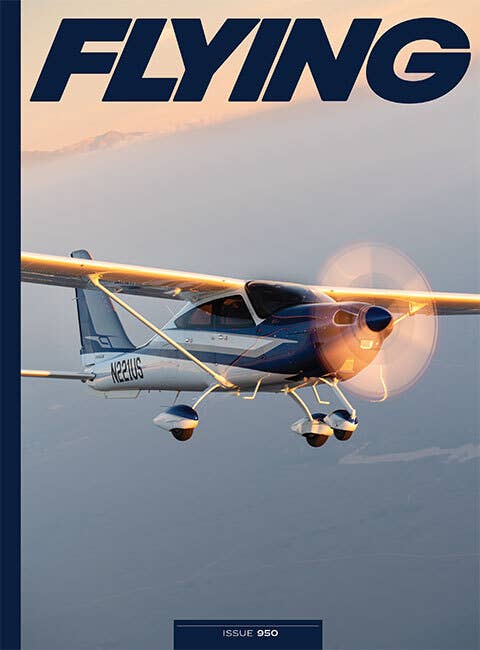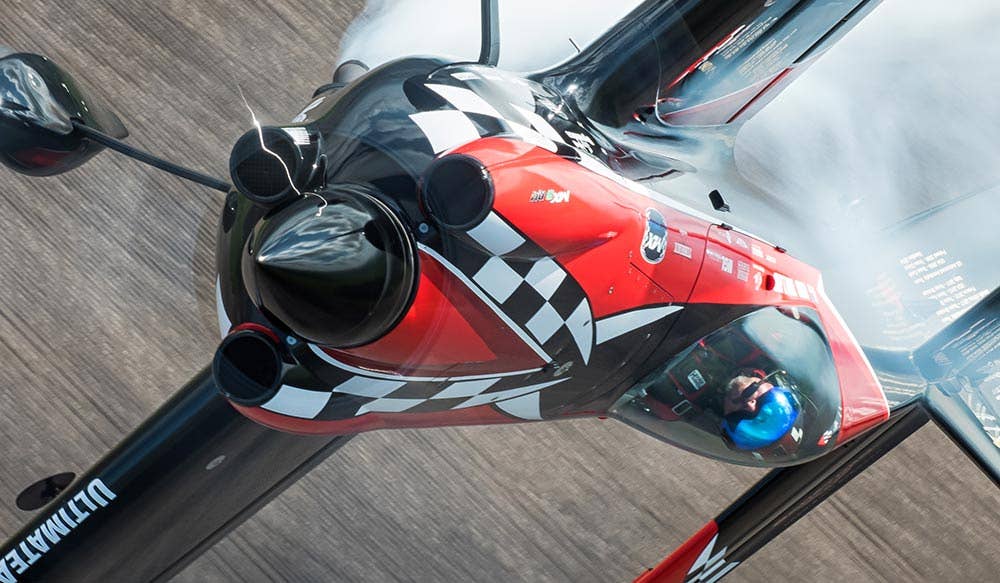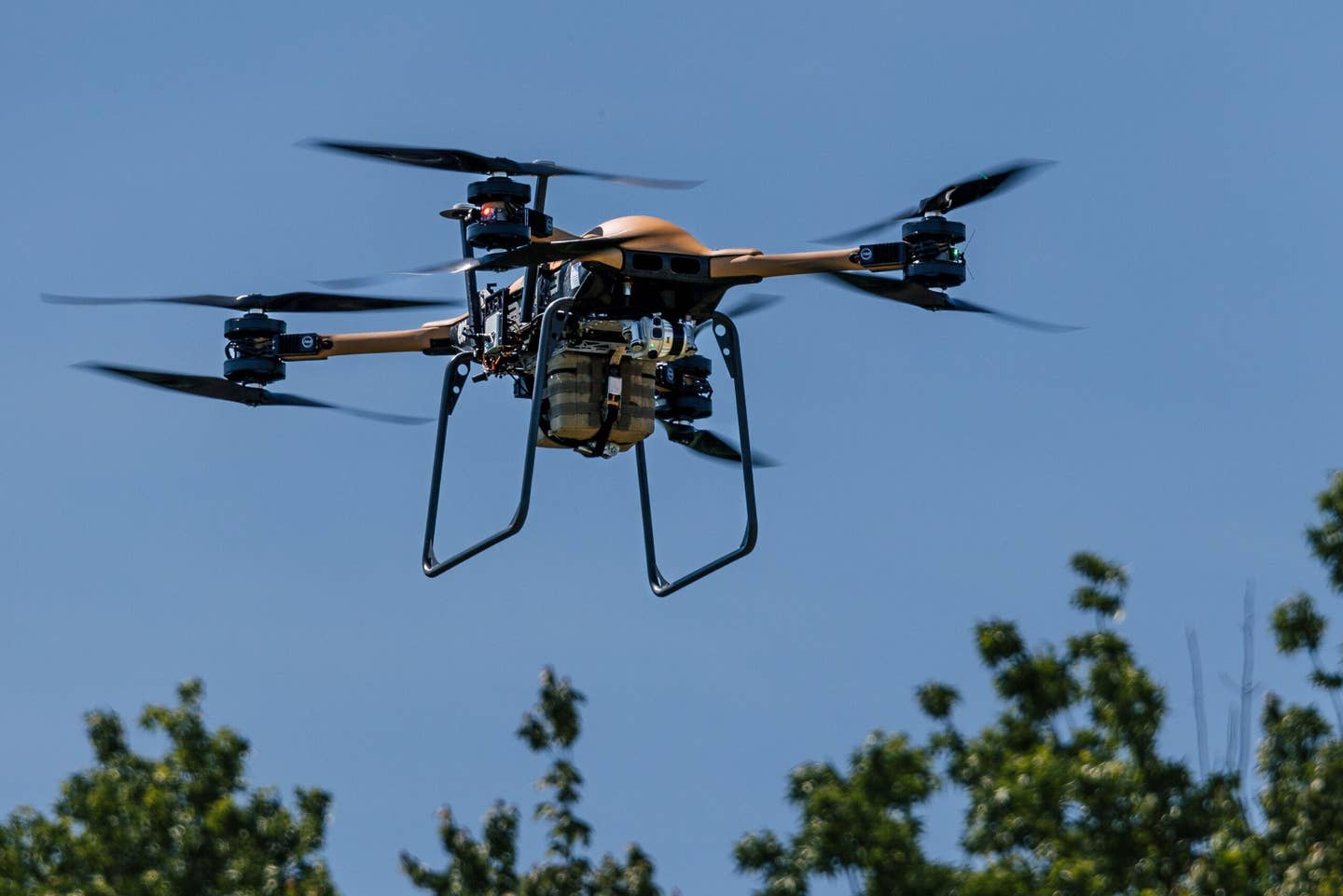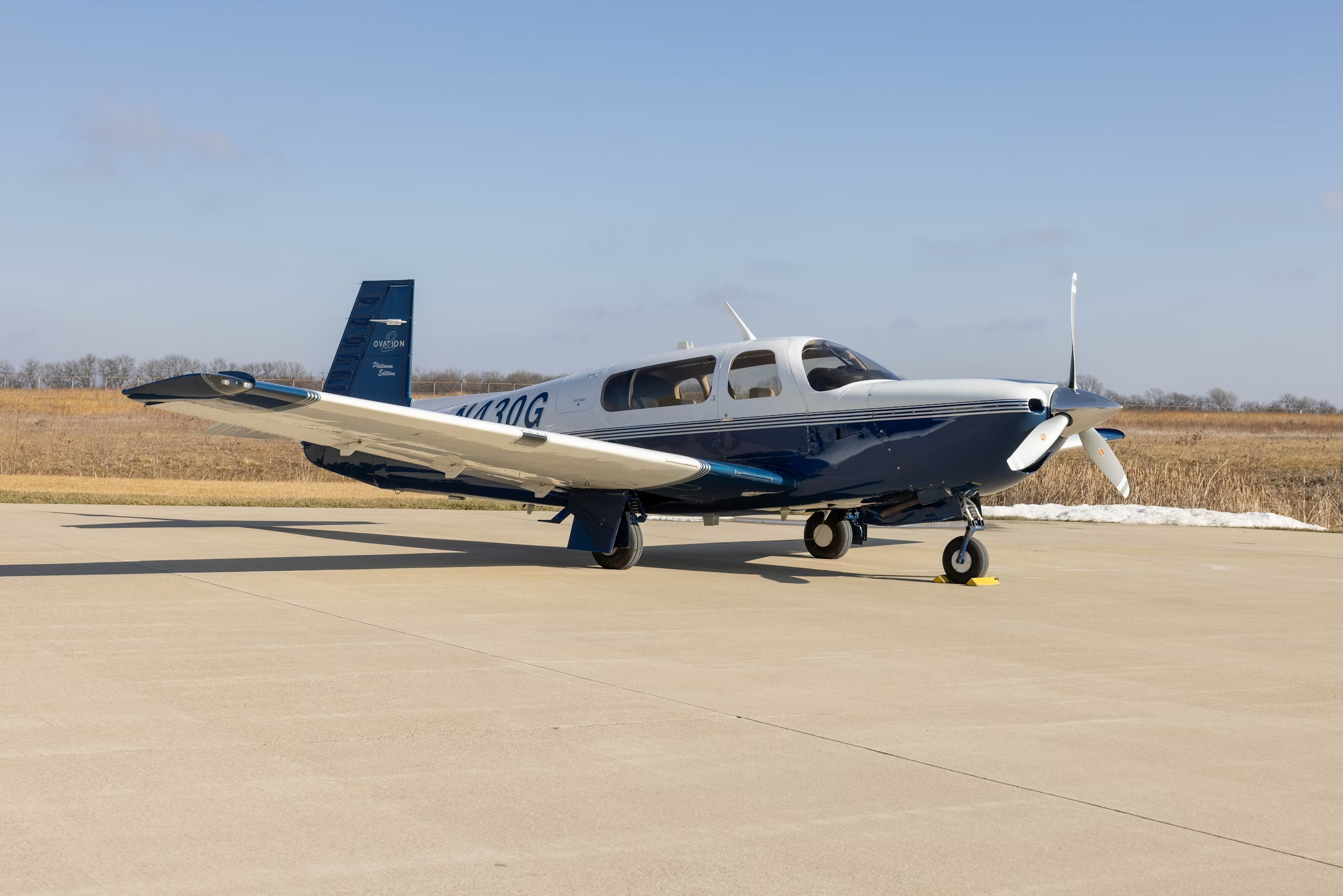Crashed Baron Leaves Pile of Unanswered Questions
Pilot might reasonably have considered a thorough preflight inspection unnecessary after such a brief stop.
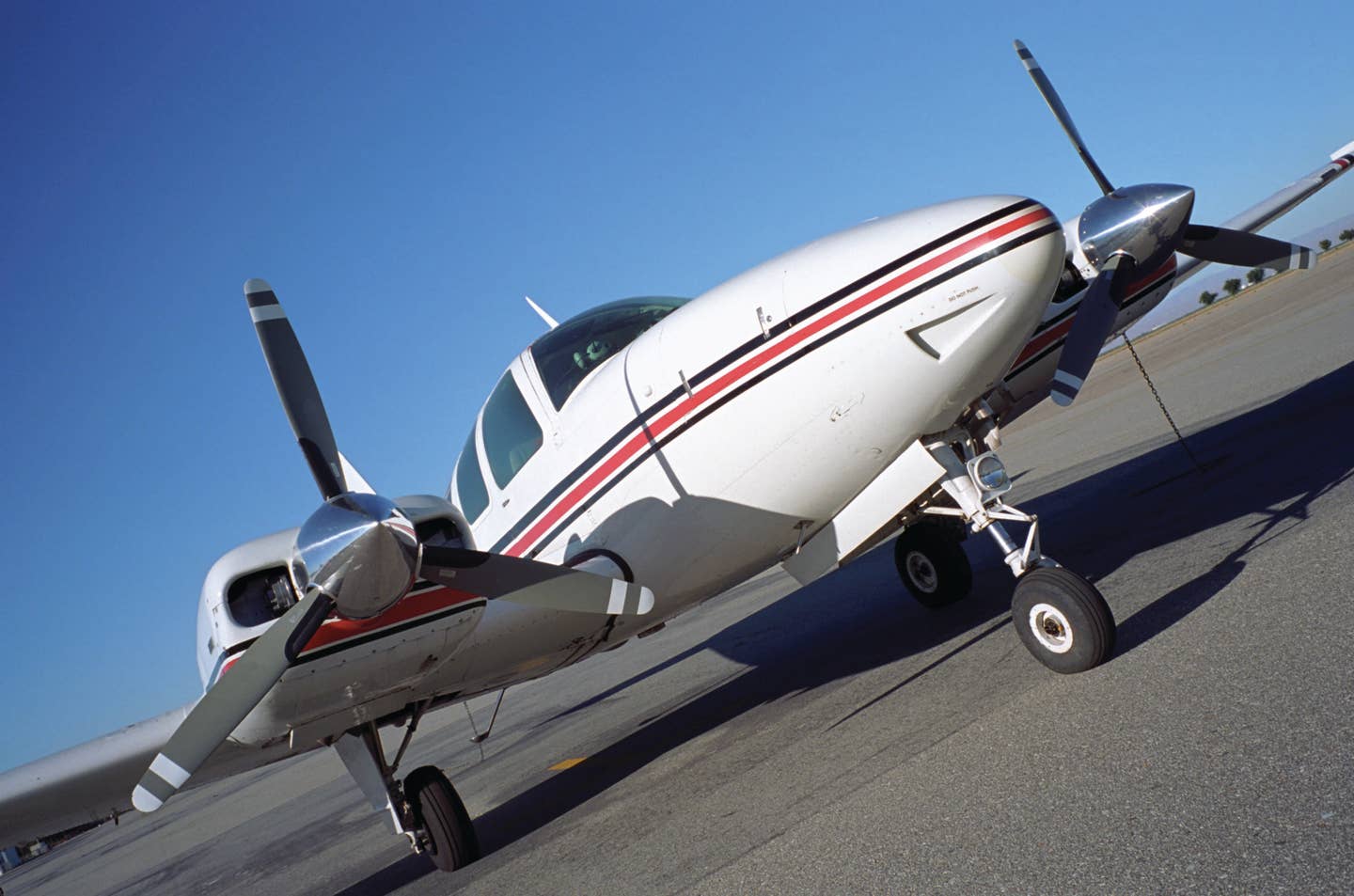
If you omit the narrative of the walkaround, this deadly Baron accident becomes a simple case of loss of control after engine failure. [Shutterstock]
According to the National Transportation Safety Board, the Beech 58P—a pressurized Baron—landed at about 11:15 on a Friday morning.
The pilot, together with two adults and two children, got out and went into the FBO office. The pilot emerged with one of the adults to unload some baggage, which they took inside. A fuel truck rolled up and added fuel.
If you're not already a subscriber, what are you waiting for? Subscribe today to get the issue as soon as it is released in either Print or Digital formats.
Subscribe NowSeveral minutes after fueling was completed, the pilot came out of the office conversing on a cell phone. He walked around the airplane in a clockwise direction, stopping behind the right wing. He then circled back to the left engine, where he continued his cell phone conversation with his back to the airplane before walking back around the right wing and climbing aboard. After a minute he emerged from the cabin, stepped down to the ground behind the right wing, then climbed back into the plane.
About a minute later, the left propeller cranked, stopped, then cranked again. The left engine started, followed shortly by the right engine. After a delay of two minutes, the airplane taxied to Runway 35, and a minute later began its takeoff. The Baron was climbing out when it banked to the left, rolled inverted, crashed, and exploded in a billow of orange flame.
A witness, himself a Baron pilot, watched the takeoff. He reported to NTSB investigators that the Baron became airborne about 2,200 feet down the 3,500-foot runway. He stopped watching, then heard a change in engine sound and turned back to see the airplane in a left descending turn. He added that he was sure that the pilot had not performed either a preflight inspection or a run-up.
The crash was evidently due to loss of power in the left engine, followed by loss of control by the pilot. Inspection of the engines and propellers confirmed that the left engine was not developing power when the Baron crashed, but the right engine was. The left propeller was at or near its feathered setting, suggesting that the pilot had in fact promptly begun the engine-out procedure. Examination of the left engine revealed no mechanical discrepancy that would account for its losing power. Fuel was found in both the fuel flow transducer and the fuel distributor.
In the Baron, the control of fuel flow—on, off, or crossfeed—takes place in valves located in the wheel wells, physically close to the associated engine. The tank selector in the cockpit, located on the floor on the airplane centerline, is connected to the valves by cables. Rotating the handle in the cockpit produces a corresponding rotation in the associated valve. The selector for the left engine has its off position at 9 o’clock, on at 12 o’clock, and crossfeed at 3 o’clock. The right selector is a mirror image of the left.
NTSB accident investigators retrieved the cockpit tank selectors and the fuel control valves from both wings. The left selector handle was “bent aft” and pointing “between OFF and CROSSFEED”—outside the normal range of rotation of the selector. The left valve, however, was in the “OFF” position. The left valve’s cable was still in place—the airplane had come to rest upright, with the left wing still attached—and, although the orientations of the selector handle and the valve did not correspond, there was no indication that the cable had been pulled by impact forces.
The NTSB accident report’s minutely detailed description of the pilot’s preflight walkaround, supplemented by the witness’ report of his omitting mag checks, seemed to support the theory that the 26-year-old, 920-hour, instrument-rated ASMEL private pilot was so negligent and distracted that he failed to notice that the left fuel tank was shut off. And so the board wrote that the probable cause of the accident was the “pilot’s failure to ensure a proper fuel selector position before takeoff, which resulted in…fuel starvation.”
Yes, but if the pilot turned off the fuel supply to the left engine, when did he do it?
It would be strange for a pilot making a brief stop to turn off the fuel supply. What would be the point? And, since the right engine ran normally, he would apparently have shut off only the left tank, not the right.
With the left selector turned off, however, the left engine could not have run, even merely idling, for the four to five minutes that elapsed between the left engine starting and the airplane taking off. The fuel shut-off valve is only a couple of feet away from the engine. There isn’t that much fuel in the lines, to say nothing of the difficulty the engine-driven pump would have had pulling fuel out of a line closed at its far end.
So, he must have shut off the fuel to the left engine just before beginning the takeoff.
Shutting off the fuel in a Baron is not something you could do without thinking. You have to bend way over to reach the selectors on the floor. In fact, it’s not something you would normally do at all, because there is no reason not to simply leave the fuel selectors on at all times.
The POH does suggest checking the selectors for freedom of operation before engine start, but few pilots would do so during a brief stopover. There’s no suggestion in the POH that the valves be closed after shutting down.
There seems to be an inconsistency in the NTSB’s description of the left valve, cable, and selector. If the valve was set to “OFF,” and the cable connecting it to the selector was intact, it’s puzzling that the selector itself was “bent” to an impossible position. But perhaps this is merely a matter of imprecise language.
It’s also perplexing that there was fuel in the fuel distributor—the little cylindrical thing on top of the engine that the injector lines come out of. The distributor is the last stop before fuel arrives at the intake port. If the engine quit because of fuel starvation, the distributor should have been empty.
From landing to takeoff, 26 minutes elapsed. The pilot might reasonably have considered a thorough preflight inspection unnecessary after such a brief stop. The fact that he walked around the airplane suggests that he at least might have been checking for dripping oil or fuel, flat tires, and missing parts. One could do that and talk on a cell phone at the same time.
If you omit the narrative of the walkaround, this becomes a simple case of loss of control after engine failure. That the pilot shut off the left engine’s fuel is conceivable but difficult to explain and hardly proven beyond a reasonable doubt.
If this were a criminal case, Perry Mason, and many a TV lawyer since, could have gotten, at the very least, a hung jury.
Note: This article is based on the National Transportation Safety Board’s report of the accident and is intended to bring the issues raised to our readers’ attention. It is not intended to judge or reach any definitive conclusions about the ability or capacity of any person, living or dead, or any aircraft or accessory.
This column first appeared in the December Issue 953 of the FLYING print edition.

Sign-up for newsletters & special offers!
Get the latest FLYING stories & special offers delivered directly to your inbox

